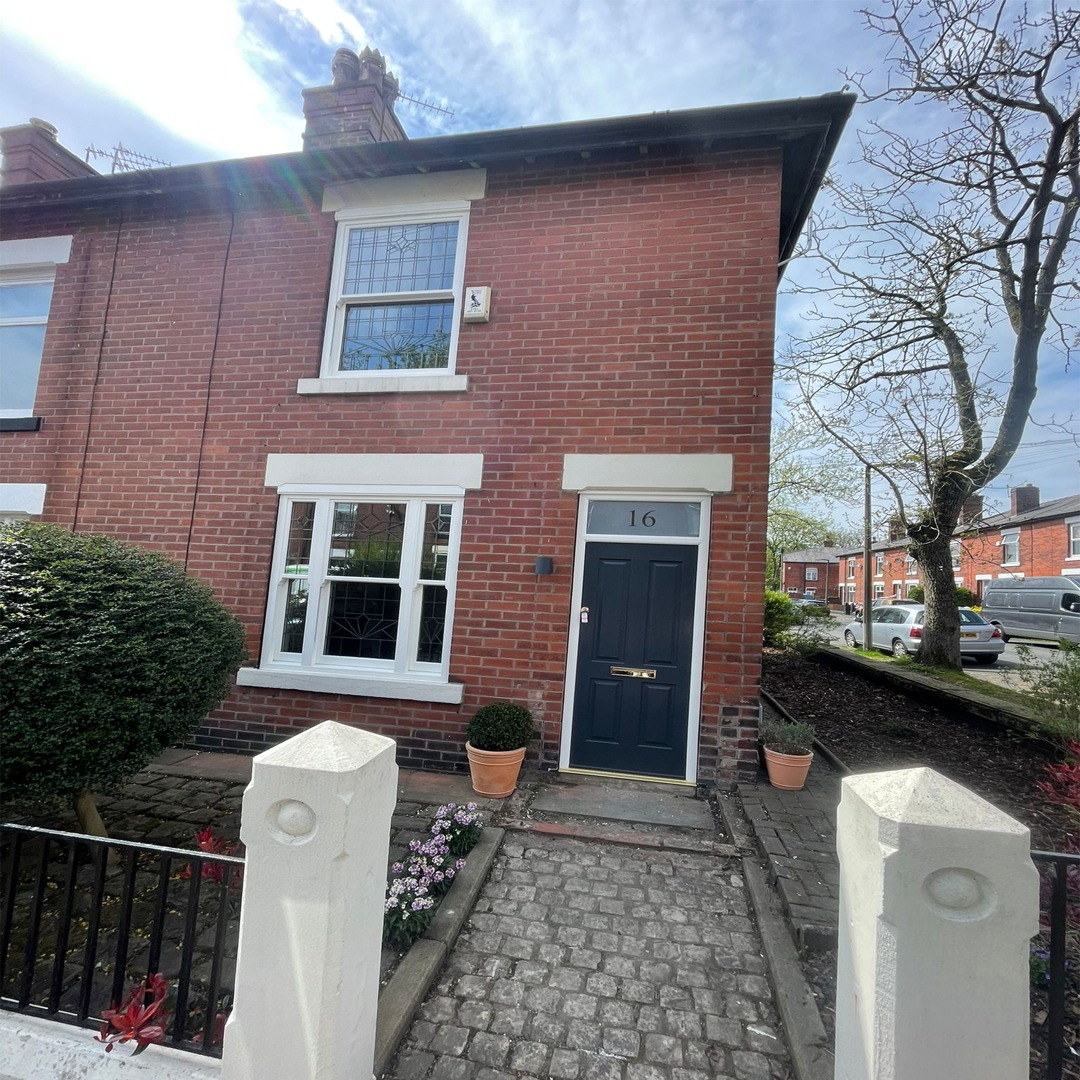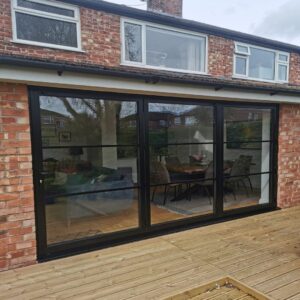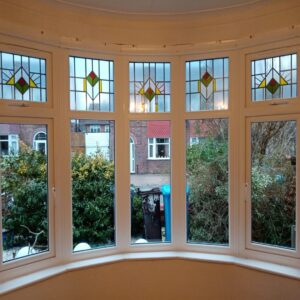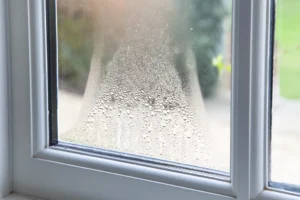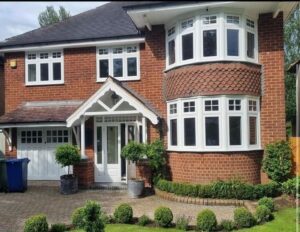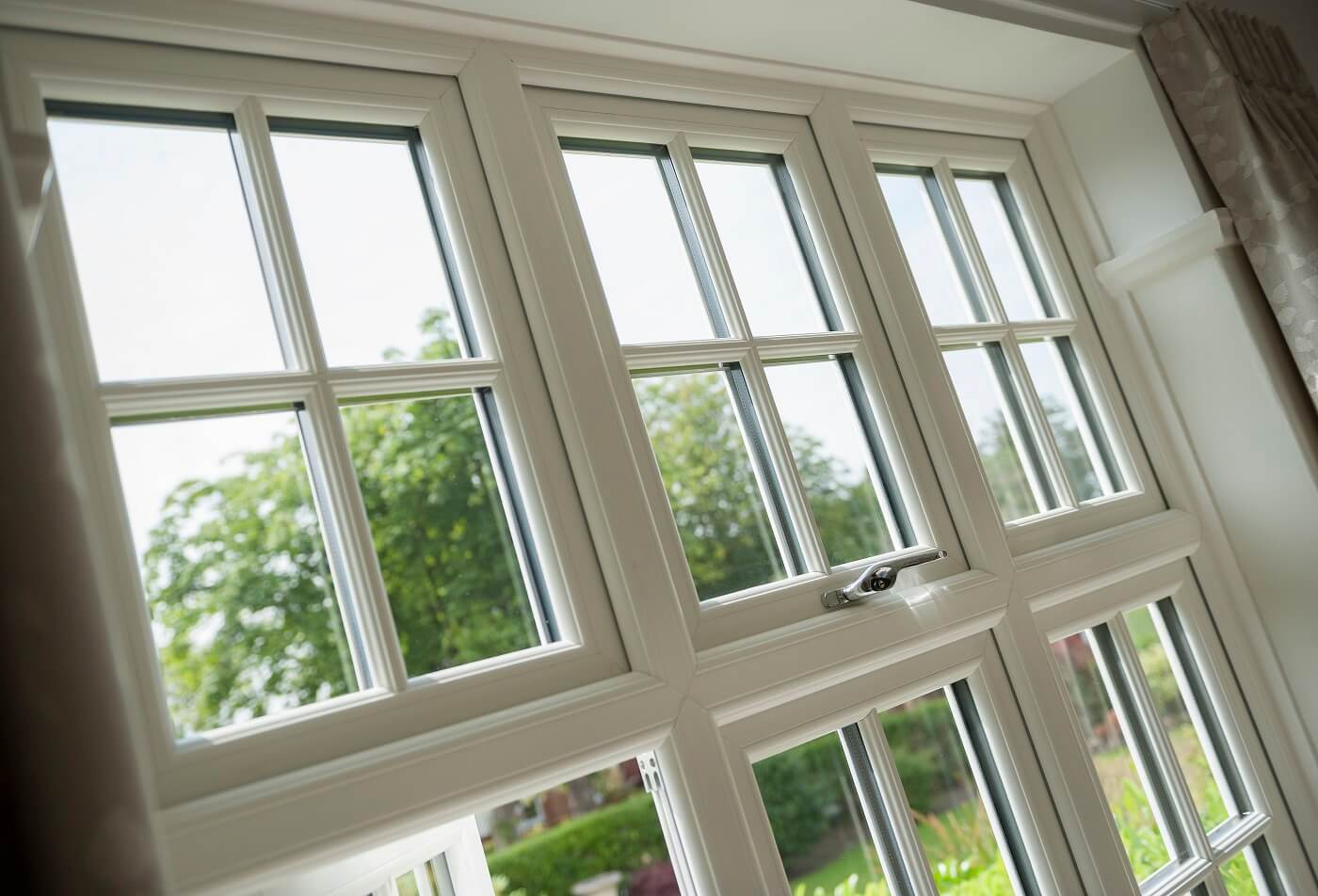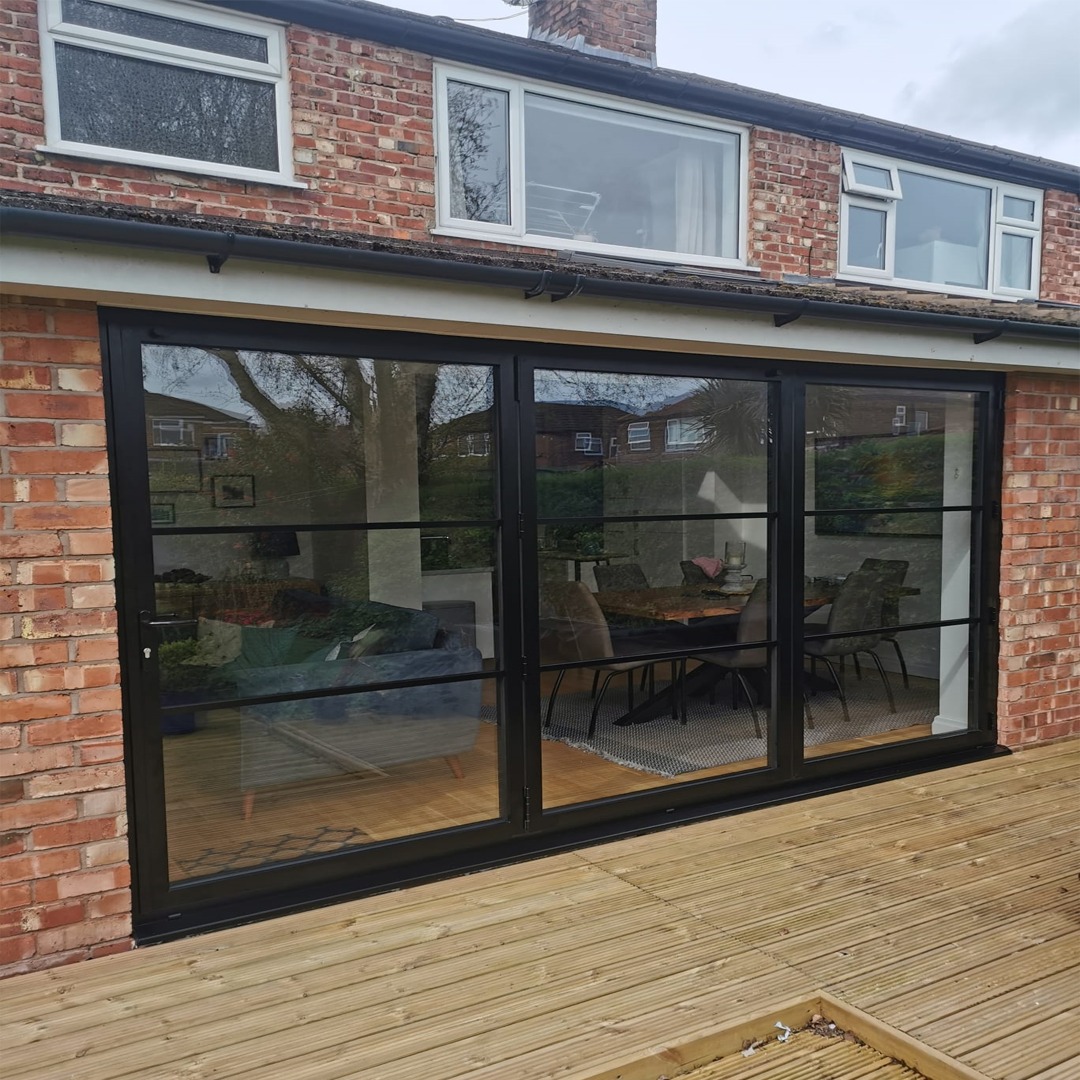Classic sash windows can induce envy with their attractive appearance and period charm.
A sash window opens by sliding one panel across another, vertically or horizontally, traditionally using a pulley system (box sash windows). This is different to casement windows, which open outwards or inwards.
The many variations of sash windows are determined by their shape, size, and configuration.
A stalwart of British architecture, sash windows came from France in the late 17th Century and have graced windows across the UK for over three centuries.
Once the favoured window style, sash windows are still very popular with British homeowners.
But traditional sash windows can also come with issues, such as being difficult to open, draughty due to old frames and single glazing, and hard to clean.
If this sounds familiar, it may be time to upgrade to a more modern sash window.
In this guide, we will outline the different types of sash windows and the pros and cons of each to help you determine which type is right for your home and lifestyle.
Classic sash window benefits are well documented, but classic encompasses several different styles.
Types of Sash Windows:
Sliding doors are doors that slide behind one another in various configurations.

Georgian Sash Windows
Original Georgian sash windows are the oldest type of sash windows still found in the UK, typically in listed buildings. Elegant and understated, they feature a checkerboard pattern of up to 6 by 6 small panes of glass, separated by thin glazing bars. This design was necessary at the time, as only small panes of glass could be produced, but the style adds undeniable historical charm to a property.
Queen Anne sash windows (1702-17714) were even fancier, with many tiny panes of glass and glazing bars in various configurations.
Though beautiful, traditional Georgian sash windows aren’t suitable for modern living. They don’t allow much light to penetrate, can be unwieldy and are single-glazed.
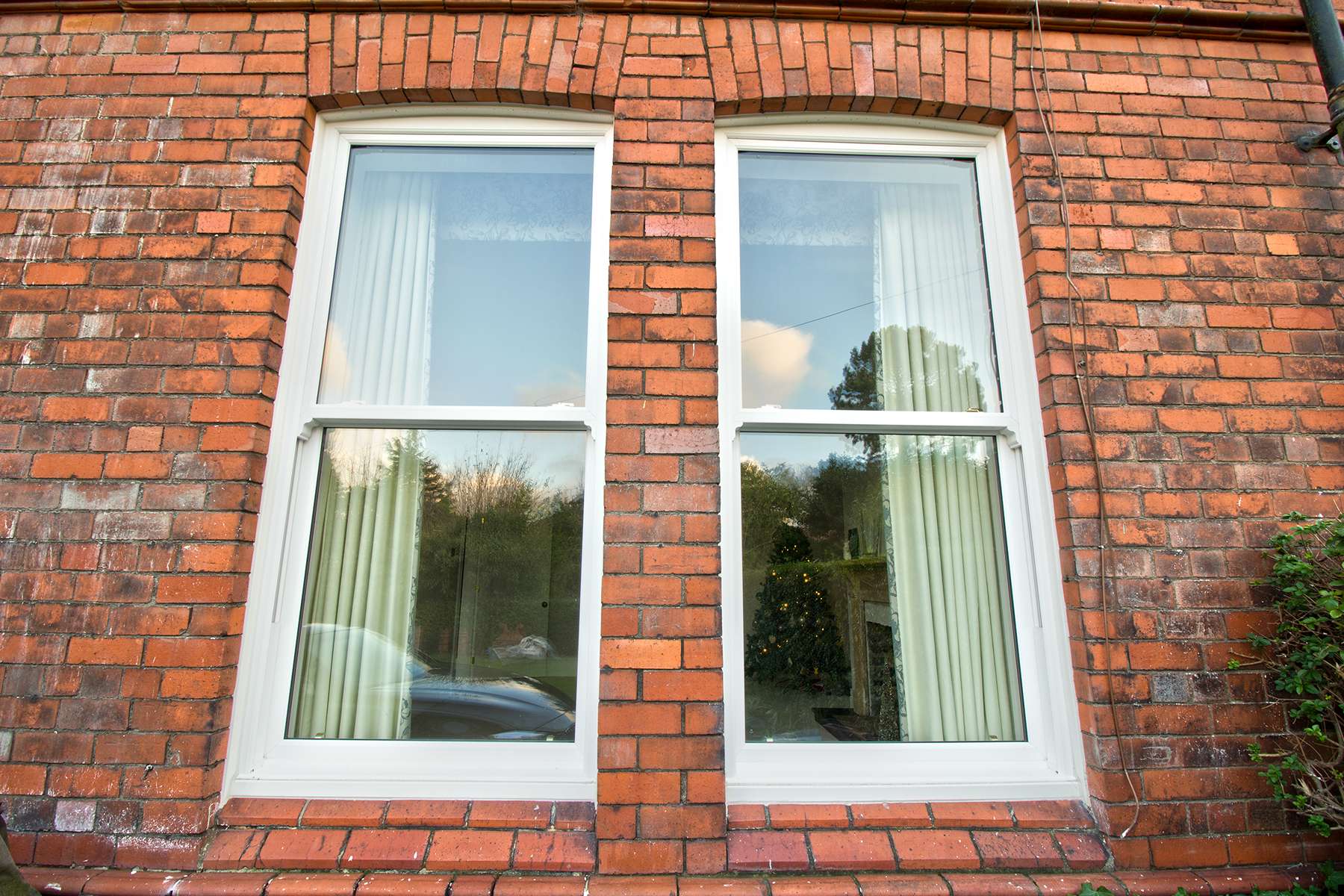
Victorian Sash Windows
As advancements in glass manufacturing made more designs possible, we saw a move towards a cleaner design with two-by-two grids of larger panels in the Victorian era.
Besides allowing more natural light to flow, the reduction of small panels and glazing bars also made Victorian sash windows better at insulating. As the larger panes of glass were heavier, the Victorians fitted the sash windows with run-through sash horns. These are no longer required in modern sash windows, but many have ‘bolt-ons’ to mimic their traditional appearance.
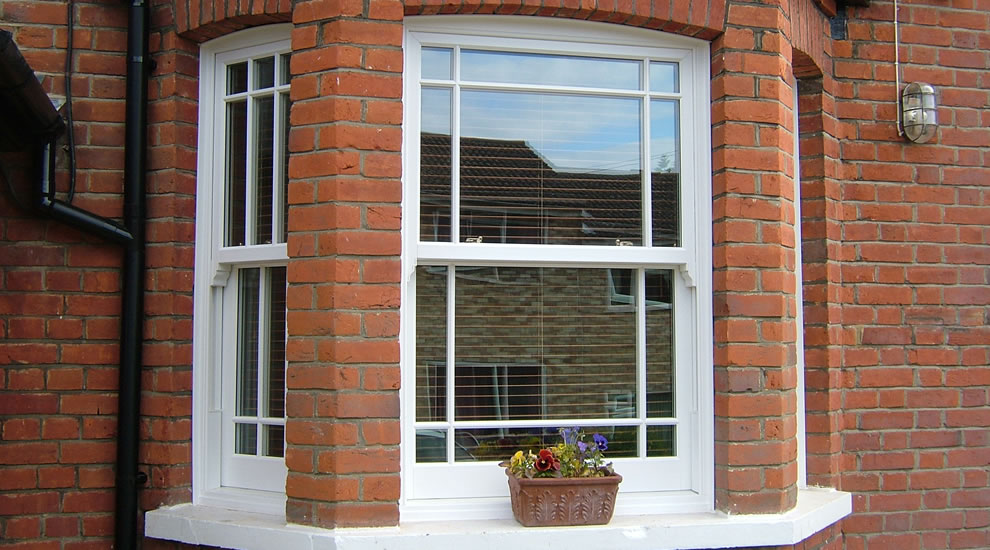
Edwardian Sash Windows
Although the Edwardian era lasted just nine years, it was a time of wealth for the British middle class who wanted to show off their prosperity in their homes. Edwardian architecture is still considered beautiful and distinctive, and the windows were no different. Moving back to the six-panel design of the Georgian era for the upper sash, the Edwardians made the bottom sash plainer with two larger panels. Edwardian sash windows let in more light than the Georgian style but less the Victorian design.
Bay sash windows also became popular in the Edwardian era, with many homes opting for larger bay windows standing out from the property, creating a bay inside. Window seats were also a popular feature.
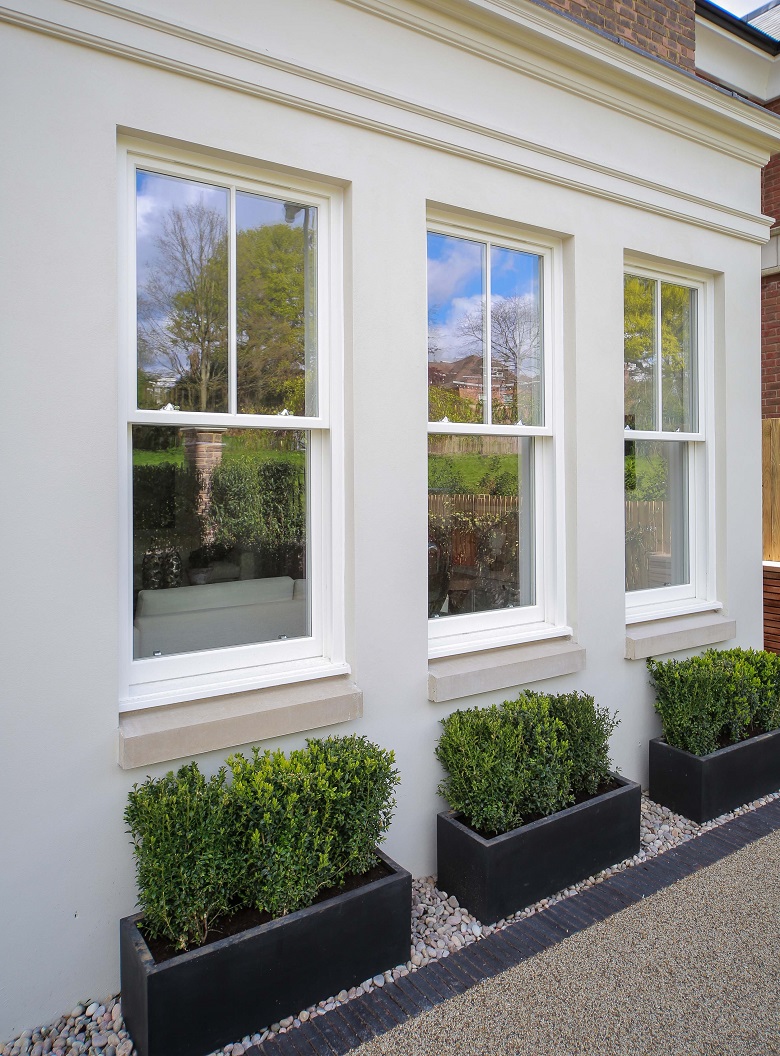
Modern Sash Windows
Modern sash windows blend the period charm of traditional designs with functionality suitable for modern living. Double or triple-glazing, strong frames and airtight seals ensure no draughts or condensation. Contemporary sash windows are much more energy-efficient and secure, they let in plenty of natural light and require far less maintenance.
At Manchester Window Factory, you can choose from classic UPVC, Mid-Range, Heritage style UPVC or timber sliding sash windows.
Classic UPVC sash windows are our most affordable style of sash windows. With a simple design, these A-rated double-glazed sash windows are maintenance-free and can be colour-customised. Tilting options are available.
Our Mid-Range collection has a more traditional appearance, with Astragal or Georgian bars, run-through sash horns and slimline UPVC profiles. We can recreate natural wood effects with foils suitable for internal and external use in a range of tones, including Golden Oak, Irish Oak, Cream and Crystal White.
Alternatively, give your sash windows a contemporary twist with an aluminium effect in Anthracite Grey.
If you want the most authentic-looking sash windows with the modern convenience of UPVC, take a look at our Heritage sash windows. These high-end UPVC sash windows feature a slimline design – the slimmest available on the UK market, with a 35mm meeting rail. The standard finish for the Heritage collection is an attractive white ash woodgrain that any expert would be hard-pressed to distinguish from real wood. However, you can choose from a range of grains, including chalk white, cream woodgrain, and rosewood. These A-rated windows offer an enhanced appearance, plus they are extra secure and have a tilting design for easy cleaning.
Last but not least, our timber windows are available in three sustainably sourced kinds of wood at three price points: Meranti, Sapele, and Accoya. Treated to ensure weather resistance and durability, they are highly rated windows that can mimic traditional timber sash windows and come with a 10-year insurance-backed guarantee.
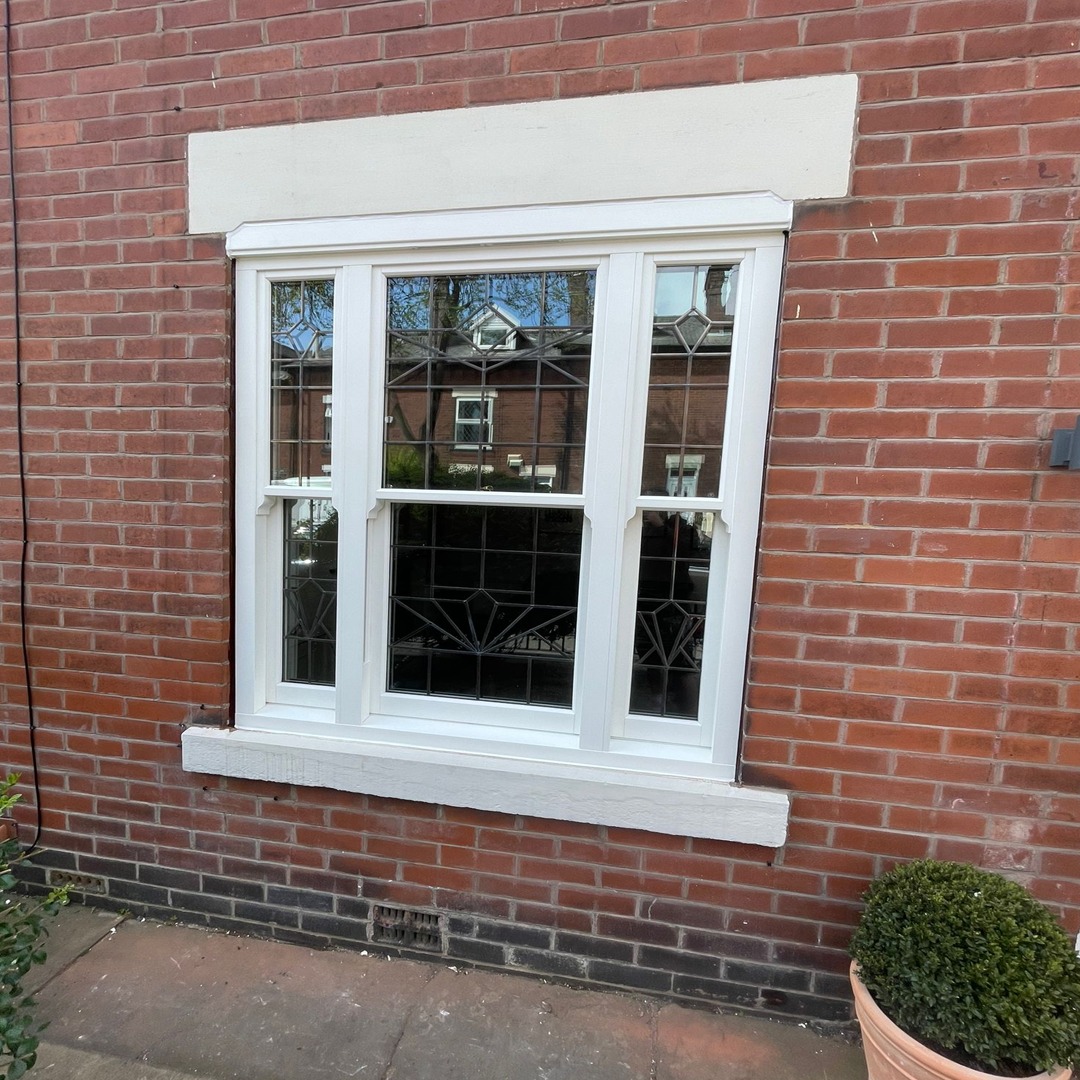
Custom Sash Windows
If you are paying that little bit extra for sash windows, you want them to be exactly right. Not only do they need to fit into your existing architecture and decor, they should enhance it. You want your home to reflect your taste and personality, and windows are important. That’s why we offer several customisable elements, including:
- The size
- The material
- How they open and close
- The colour
- The finish
- The hardware
We will design your sash windows to your specifications, including laminated glass or other glazing options. Sash windows can usually incorporate triple glazing, acoustic glazing or thermally efficient glass such as Planitherm.
You can make your windows stand out by having them sprayed with any RAL colour in high-quality spray paint. This means you can match existing decor or choose the specific shade you want.
Finally, add the finishing touches with chrome, satin chrome, black, white, or gold hardware.
Our in-house CERTASS-certified fitters can install your new sash windows, saving you from the hassle of finding another trustworthy professional.
Insights from Architects and Designers
Speaking to Homesandgardens.com in 2021, Douglas Kent, the then technical and research director at the Society for the Protection of Ancient Buildings, explained that sash windows are an integral part of historic British architecture:
“Sash windows are an essential part of our heritage and a distinctive feature of numerous old houses, from cottages to stately mansions.”
You must choose the correct window for the building, with repairs and restoration preferred over replacement.
In an interview with Countrylife.co.uk in 2021, Andrew Cronan, senior associate director of Strutt & Parker’s country department, said: “Windows are the eyes of the house’, so they’ve got to be bang on. Sometimes, double-glazing is the answer.”
He spoke of Combe Florey House in Somerset, the former home of Evelyn Waugh, which was on the market for £5.5 million at the time: ‘‘… all the original windows have been replaced with high-quality double-glazed sashes, bringing the house into the 21st century.”
So, how do you know which sash windows are right for you?
Conservation expert, Lee Bilson, advises you to ‘look around the local area for authentic designs that you can copy’. This is a particularly good idea if you like in a conservation area.
Conclusion
The most important factors when choosing your sash windows are, in no particular order:
- The style and age of the property
- Whether it is a listed building or in a conservation area
- The condition of your existing windows
- Your budget
- Your taste and preferences
Make sure that your new sash windows are sympathetic to the architecture of the house and the surrounding area. They also need to work for your day-to-day lifestyle. For example, if you live in a noisy area, you may want to consider fitting acoustic glass.
We hope this blog has provided insight into the different types of sash windows and how to choose the right style for your home.
Get In Touch Today
At Manchester Window Factory, we are experts in providing and installing the highest quality UPVC, aluminium and timber windows. We can talk you through your options and offer a free, no-obligation quote for your consideration. We also offer a pay monthly scheme to help you spread the cost. If you would like further information on any of our products or services, please don’t hesitate to get in touch.
We look forward to hearing from you!

